Garlic—an essential spice found in kitchens across the globe—is more than just a flavorful ingredient. It is a medicinal powerhouse, an agricultural staple, and a globally traded commodity. Despite being cultivated in many regions, the production of garlic is far from evenly distributed. A single nation has consistently dominated the garlic industry, both in volume and influence. So, which country is the largest garlic producer in the world?
The Global Significance of Garlic
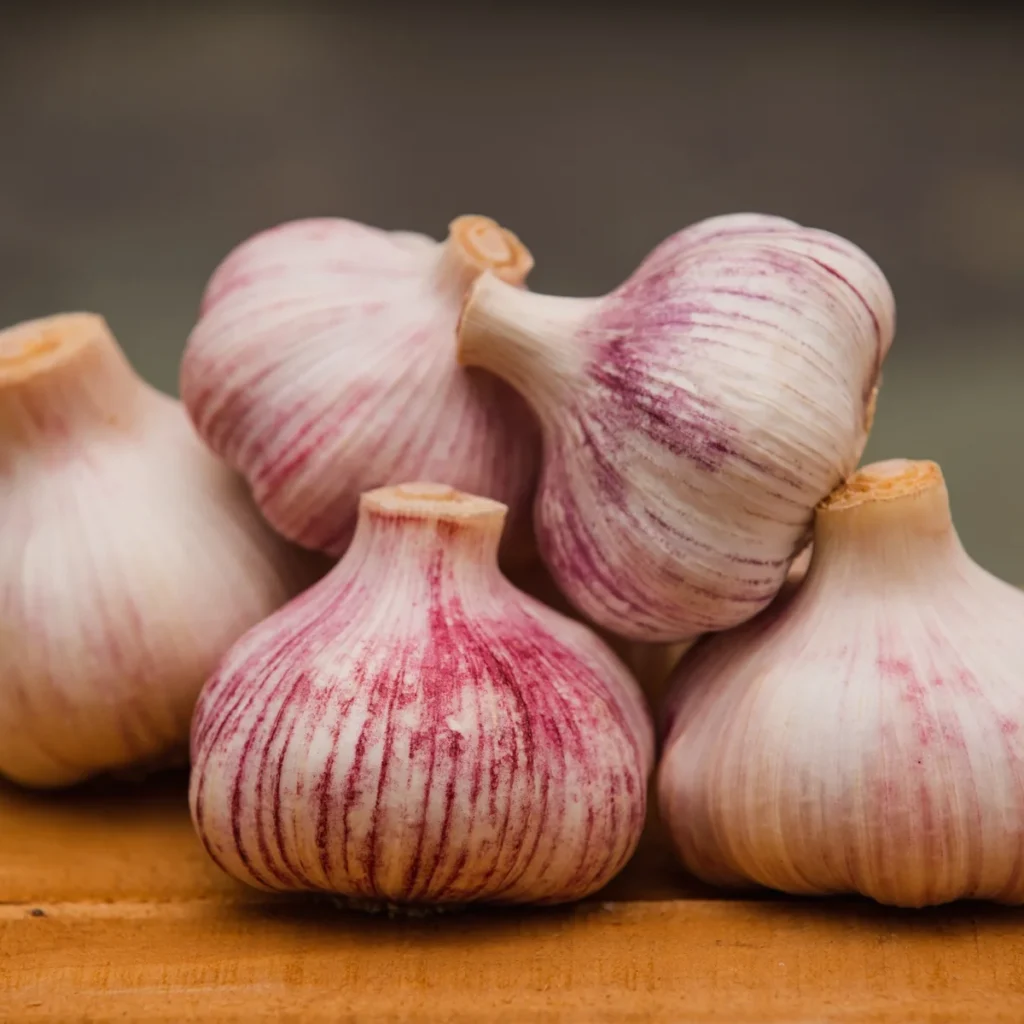
Garlic (Allium sativum) is a member of the onion family and has been grown for over 7,000 years. It is prized not only for its unique taste and aroma but also for its health benefits, including its antibacterial, antiviral, and antifungal properties. From Asia to Europe and the Americas, garlic is a cultural and culinary cornerstone.
Garlic is used in everything from stir-fries and soups to sauces and traditional medicine. It also plays a role in cultural rituals and natural pest control in agriculture. This wide array of uses has created a high global demand, making garlic an important agricultural commodity.
China: The Undisputed Garlic Giant
The answer to the title question is clear: China is the largest garlic producer in the world, and by a staggering margin.
Production Statistics
According to the Food and Agriculture Organization (FAO) of the United Nations, China produces over 20 million metric tons of garlic annually, accounting for approximately 80% of global production. The second-largest producer, India, lags far behind with less than 5% of global output. Other significant producers include Bangladesh, South Korea, Egypt, and Spain, but none come close to China’s scale.
| Rank | Country | Production (Metric Tons) |
|---|---|---|
| 1 | China | 20+ million |
| 2 | India | ~1.5 million |
| 3 | Bangladesh | ~500,000 |
| 4 | Egypt | ~350,000 |
| 5 | South Korea | ~300,000 |
Why Is China So Dominant?
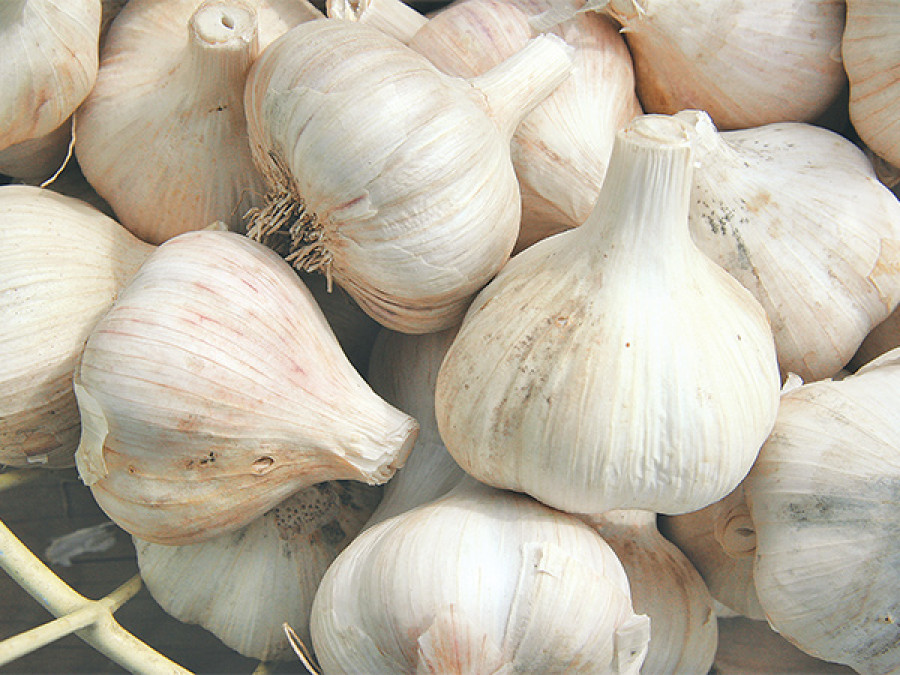
Several factors contribute to China’s dominance in garlic production:
1. Favorable Climate and Soil
China’s diverse geography and favorable climate make it ideal for growing garlic. Provinces such as Shandong, Henan, and Jiangsu have nutrient-rich soil and weather patterns that support large-scale cultivation.
2. Economies of Scale
Chinese farms, particularly in Shandong province, are highly specialized and benefit from economies of scale. Thousands of acres are dedicated solely to garlic farming, allowing for efficient planting, harvesting, and packaging.
3. Labor and Cost Advantage
Labor costs in China are lower than in many Western countries, making it more economically feasible to carry out the labor-intensive garlic production and processing operations. Manual peeling and sorting, which are crucial for export quality, are done at a relatively low cost.
4. Government Support and Infrastructure
The Chinese government supports agricultural exports through subsidies, research, and infrastructure. Advanced irrigation systems, storage facilities, and logistics networks help maintain quality and manage large volumes of garlic year-round.
5. Export Capabilities
China not only produces the most garlic but also exports the most. More than 70% of its garlic is destined for international markets. Countries like the U.S., Indonesia, Brazil, and Japan rely heavily on Chinese garlic.
Challenges in the Global Garlic Market
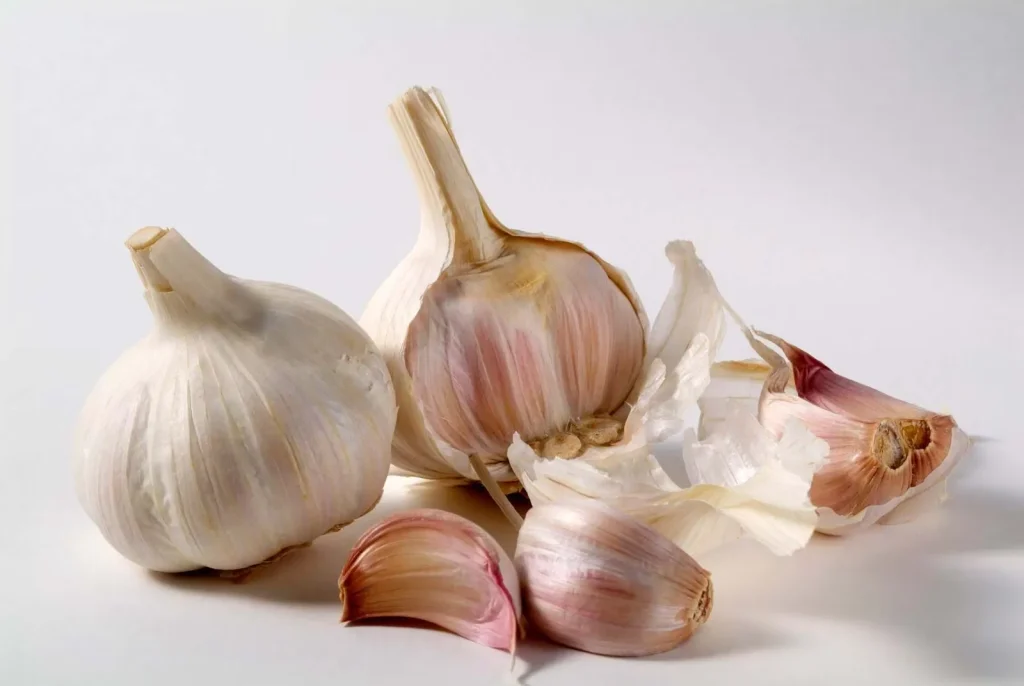
Despite its dominance, China’s garlic industry has faced challenges:
1. Price Volatility and Speculation
In the past, garlic prices have surged dramatically due to market speculation. Traders and investors in China have hoarded garlic as a “white gold” commodity, leading to price hikes that affected global markets.
2. Quality Concerns
There have been occasional concerns regarding the quality and chemical treatment of Chinese garlic. Some importers prefer garlic from other regions with more stringent agricultural regulations, although Chinese producers have worked to improve standards in response.
3. Competition from Other Nations
While no country currently rivals China in output, India is emerging as a serious contender. With government investment and expanding farmlands, India is slowly increasing its garlic export footprint, particularly to Middle Eastern and neighboring countries.
India: A Rising Player
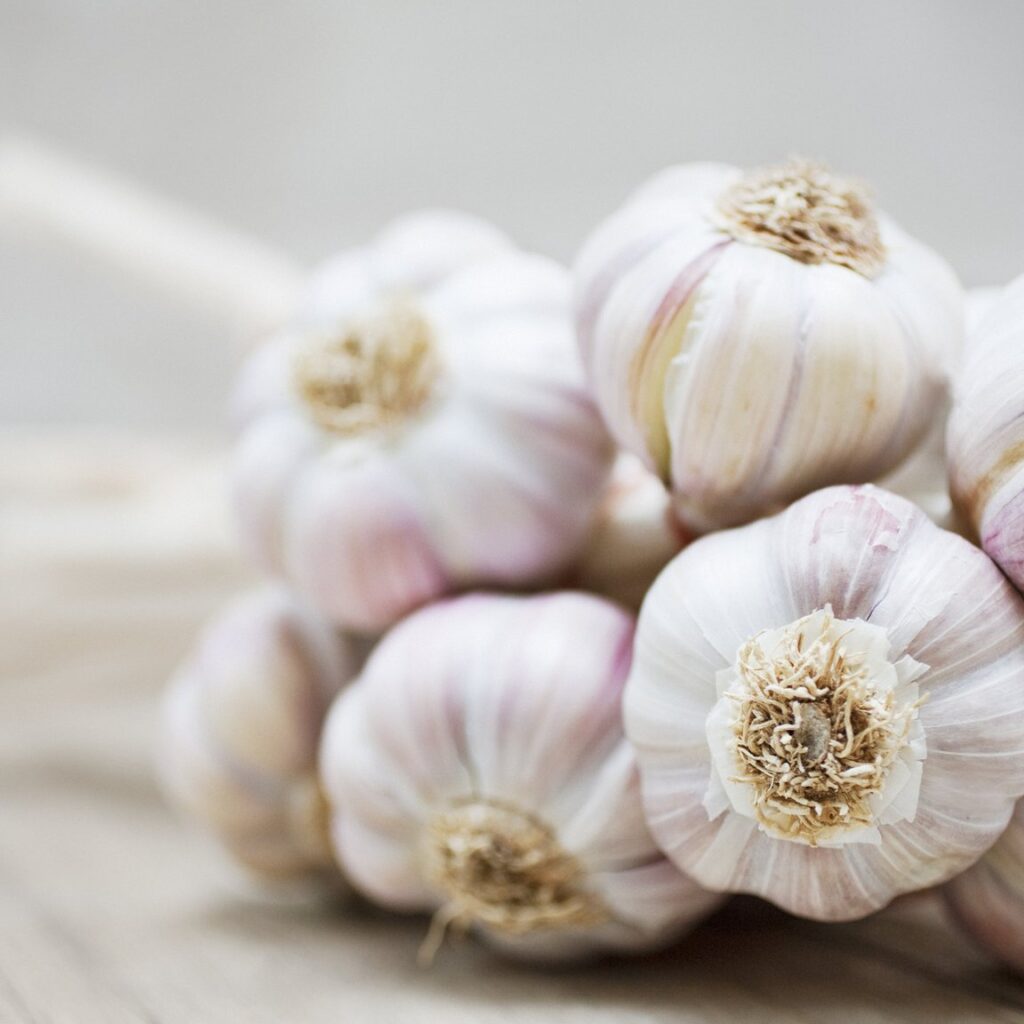
India, the second-largest garlic producer, cultivates garlic in states like Madhya Pradesh, Rajasthan, and Gujarat. Indian garlic is known for its pungency and smaller size. Unlike China, much of India’s garlic is consumed domestically due to its integral role in Indian cuisine.
However, India has begun to invest in value-added garlic products like garlic paste, powder, and oil—items that are gaining popularity in international markets.
Garlic Trade and Economics
Global Garlic Trade
In 2024, the global garlic market was estimated to be worth over USD 15 billion, and it’s expected to grow due to rising demand for healthy, natural food ingredients. Processed garlic, including peeled cloves, dried flakes, and garlic oil, adds substantial value to the raw crop.
Major Importing Countries
- United States: One of the top importers of Chinese garlic. Domestic producers like California struggle to compete due to higher labor costs.
- Indonesia and Brazil: Depend heavily on Chinese garlic.
- European Union: Balances imports between China and countries like Spain, which produce garlic under strict EU guidelines.
Tariffs and Trade Wars
In some years, countries like the U.S. have imposed anti-dumping tariffs on Chinese garlic to protect domestic growers. These trade dynamics influence prices and availability, sometimes leading to garlic shortages or price spikes globally.
The Future of Garlic Production
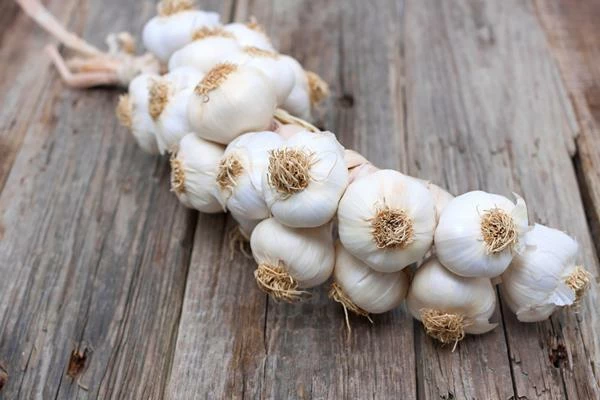
With growing interest in organic farming, traceability, and food safety, the garlic industry is evolving. Consumers are increasingly looking for:
- Organic and pesticide-free garlic
- Locally grown options
- Sustainably packaged products
Technology also plays a role. AI-based irrigation, drone monitoring, and blockchain traceability are being introduced into agricultural practices, including in garlic production.
Climate Change Considerations
Garlic is moderately resilient to climate fluctuations, but prolonged droughts or floods can disrupt yields. Countries are experimenting with climate-resistant garlic varieties to ensure stable production.
Conclusion
China’s position as the world’s largest garlic producer is unchallenged for now, thanks to its vast farmlands, efficient systems, and strong export capabilities. Yet, the global garlic industry is not static. Emerging players like India and evolving consumer preferences could reshape garlic trade in the coming decades.
Whether you’re sautéing vegetables, making a healing soup, or using garlic in natural medicine, chances are high that the cloves in your kitchen originated in China. As demand for this flavorful bulb grows worldwide, understanding its production and trade dynamics becomes even more important.

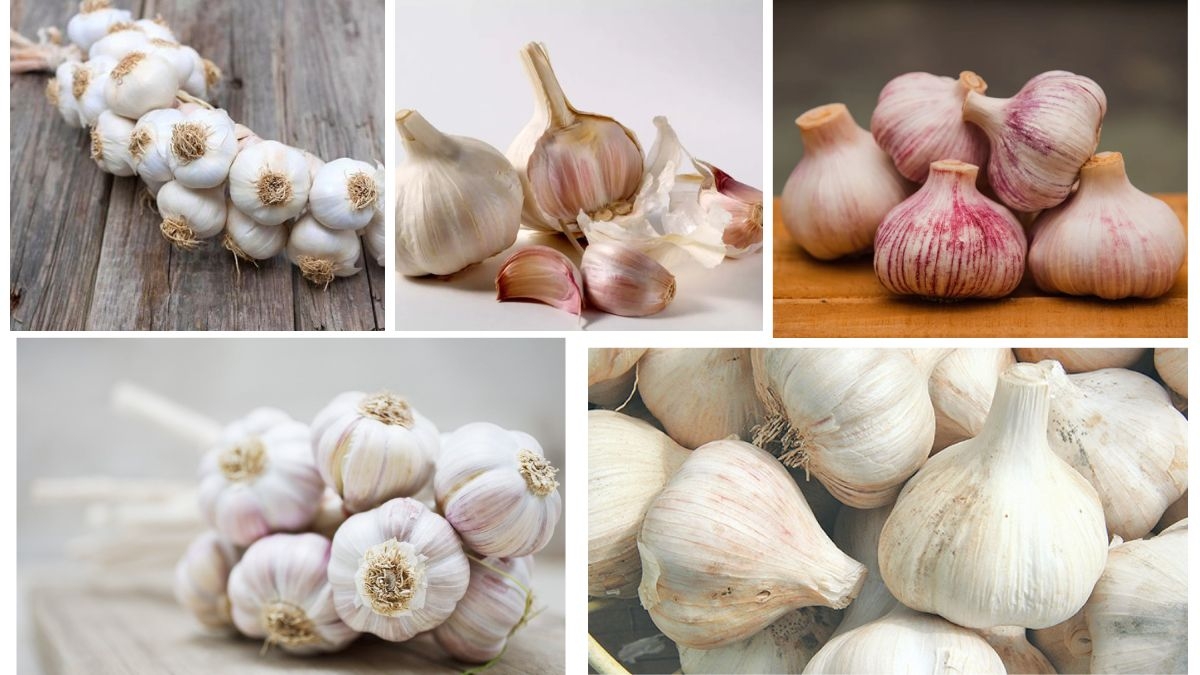



Leave A Comment